Today I drove 200km north to reach Poznan. It was a four hour drive, because although the road links Poland’s 4th and 5th cities, it is still in many places a single lane highway, although judging by the earthworks underway it will shortly be dual carriageway all the way. It was a pleasant enough and easy drive, with no hold-ups despite the low average speed. The countryside is fairly flat, but agricultural, with quite dense woods beginning a mile or two away beyond the fields.
Poznan has a German spelling too, Posen, but the city was part of Poland at the outbreak of WW2, unlike Wroclaw, and is in the region known as Greater Poland.(actually ,in Polish, Poznan seems to be pronounced “Posen” anyway)
The campsite in Poznan is much more upmarket that the one yesterday in Wroclaw, which had very basic toilet facilities. Today’s site is part of a four star hotel/cabin complex on the shore of Lake Malta. This is an artificial lake created as a recreation area in 1952 by damming a small river. The name comes from the fact that the land that it was created on had belonged to the Order of St John(knights of Malta) It was one of the earliest purpose made 2000 metre rowing courses constructed, and has hosted several rowing and canoeing World Championships. In fact, I am here a week early, as it is currently being prepared for the 2015 European Rowing Championships, to be held here next weekend.( On reflection, maybe it’s best I’m not here then, as there might be no camping spaces). There is also a huge water fun park, and a ski slope hill by the lake .This is the first campsite I’ve been on, since the one in El Escorial in Spain,with a very visible security patrol. I’m not sure whether this is a good thing, or shows the place is at risk of bandits. Given there is a security guy sitting in the shade on a stool 20 yards from my van, it’s probably good. For railway buffs there is a miniature steam railway running right past my van, going from the city end of the park, to the zoo, and it whistles every time it goes past. I am assuming it won’t be running at night!
Poznan has a German spelling too, Posen, but the city was part of Poland at the outbreak of WW2, unlike Wroclaw, and is in the region known as Greater Poland.(actually ,in Polish, Poznan seems to be pronounced “Posen” anyway)
The campsite in Poznan is much more upmarket that the one yesterday in Wroclaw, which had very basic toilet facilities. Today’s site is part of a four star hotel/cabin complex on the shore of Lake Malta. This is an artificial lake created as a recreation area in 1952 by damming a small river. The name comes from the fact that the land that it was created on had belonged to the Order of St John(knights of Malta) It was one of the earliest purpose made 2000 metre rowing courses constructed, and has hosted several rowing and canoeing World Championships. In fact, I am here a week early, as it is currently being prepared for the 2015 European Rowing Championships, to be held here next weekend.( On reflection, maybe it’s best I’m not here then, as there might be no camping spaces). There is also a huge water fun park, and a ski slope hill by the lake .This is the first campsite I’ve been on, since the one in El Escorial in Spain,with a very visible security patrol. I’m not sure whether this is a good thing, or shows the place is at risk of bandits. Given there is a security guy sitting in the shade on a stool 20 yards from my van, it’s probably good. For railway buffs there is a miniature steam railway running right past my van, going from the city end of the park, to the zoo, and it whistles every time it goes past. I am assuming it won’t be running at night!
A good tram system operates, although with not quite such a perfect convenience of station location compared to yesterday in Wroclaw: I actually had to walk 700 metres! But once at the station I whisked into the centre of the city in just 7 minutes.
Poznan turns out to have a very similar restored historic centre to Wroclaw's ,albeit giving the impression of just being on a slightly smaller scale. The official city population is however not much smaller than that of Wroclaw. It suffered severe damage in WW2 but the old town square (Stary Rynek) has been well restored. There is a town hall (Ratusz) a bit like Wroclaw’s, which survived the war apart from the top of its tower, and dates from the mid-16th century. It contains a small town museum which I visited, although the interior of the building was more interesting than the exhibits. Unfortunately I was there after midday, as apparently at that hour, the two mechanical goats above the town clock butt their heads together 12 times, echoing some old city legend.
The square is lined with similar colourful buildings to that of Wroclaw, although Poznan seems to go in for much more abstract mural decorations on its building fronts, whereas Wroclaw’s building facings have rather lower key German style murals and friezes. Poznan’s square is virtually one big out-door café, every building being a cafe, bar or restaurant (or all three together) and all the seating areas merge together. It is a bright and friendly space.Currently it is even more of a big café as there is a food and beer fair in progress, with extra bench seating out, and rows of little Christmas market type wooden huts around the square, some selling hot food ,others foodie delicacies, and quite a few run by competing artisanal microbreweries.Of course I had to taste and buy some of the wares. Poznan has a University with about 130,000 students (a quarter of its population)and seems a lively place. The city apparently has a reputation as a centre for European trade fairs, but its historic centre seems much more fun than that would imply.
Poznan turns out to have a very similar restored historic centre to Wroclaw's ,albeit giving the impression of just being on a slightly smaller scale. The official city population is however not much smaller than that of Wroclaw. It suffered severe damage in WW2 but the old town square (Stary Rynek) has been well restored. There is a town hall (Ratusz) a bit like Wroclaw’s, which survived the war apart from the top of its tower, and dates from the mid-16th century. It contains a small town museum which I visited, although the interior of the building was more interesting than the exhibits. Unfortunately I was there after midday, as apparently at that hour, the two mechanical goats above the town clock butt their heads together 12 times, echoing some old city legend.
The square is lined with similar colourful buildings to that of Wroclaw, although Poznan seems to go in for much more abstract mural decorations on its building fronts, whereas Wroclaw’s building facings have rather lower key German style murals and friezes. Poznan’s square is virtually one big out-door café, every building being a cafe, bar or restaurant (or all three together) and all the seating areas merge together. It is a bright and friendly space.Currently it is even more of a big café as there is a food and beer fair in progress, with extra bench seating out, and rows of little Christmas market type wooden huts around the square, some selling hot food ,others foodie delicacies, and quite a few run by competing artisanal microbreweries.Of course I had to taste and buy some of the wares. Poznan has a University with about 130,000 students (a quarter of its population)and seems a lively place. The city apparently has a reputation as a centre for European trade fairs, but its historic centre seems much more fun than that would imply.
Just out of the town centre, the double spired Poznan Cathedral is on a large island between two branches of the river Warta(German :Warthe, which is a tributary of the Oder).The island is known, like Wroclaw’s ,as Ostrow Tumski (simply “Cathedral Island”).The cathedral houses the tomb of the wonderfully named King Boleslaw the Brave(992-1025)
1.5 km north of the old city centre is the remains of a huge early 19th century Prussian citadel fortification. (Posen was part of Prussia from 1793 until the end of WW1, when it became Polish again after the treaty of Versailles).Here, in February 1945, 20,000 surrounded German troops held out for a month against the Russians. Unsurprisingly there is barely anything left of the citadel, which is now a park, just a huge grassed crater, surrounded by a bank. One small area of remaining bastion houses the Poznan army museum, which I visited, but in the end it wasn’t really worth the walk over as it had just quite a small exhibition of how the local Polish forces faired during the fall of Poland in 1939, with some German and Polish weaponry, and no English translation. (It was, however, free)
1.5 km north of the old city centre is the remains of a huge early 19th century Prussian citadel fortification. (Posen was part of Prussia from 1793 until the end of WW1, when it became Polish again after the treaty of Versailles).Here, in February 1945, 20,000 surrounded German troops held out for a month against the Russians. Unsurprisingly there is barely anything left of the citadel, which is now a park, just a huge grassed crater, surrounded by a bank. One small area of remaining bastion houses the Poznan army museum, which I visited, but in the end it wasn’t really worth the walk over as it had just quite a small exhibition of how the local Polish forces faired during the fall of Poland in 1939, with some German and Polish weaponry, and no English translation. (It was, however, free)
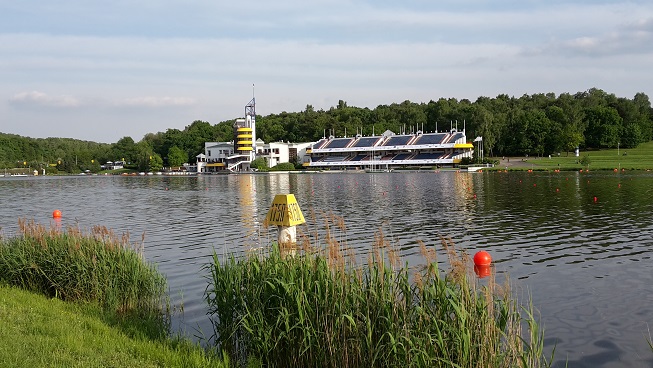
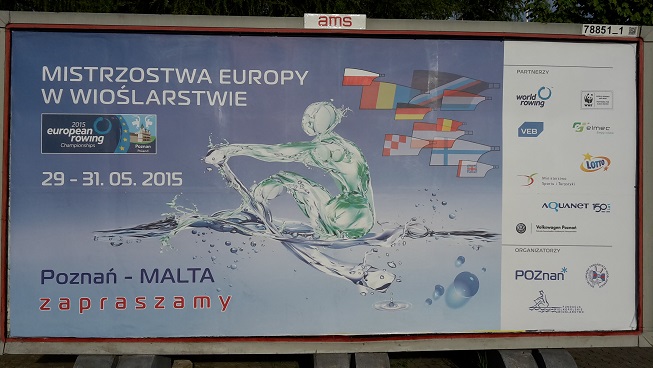
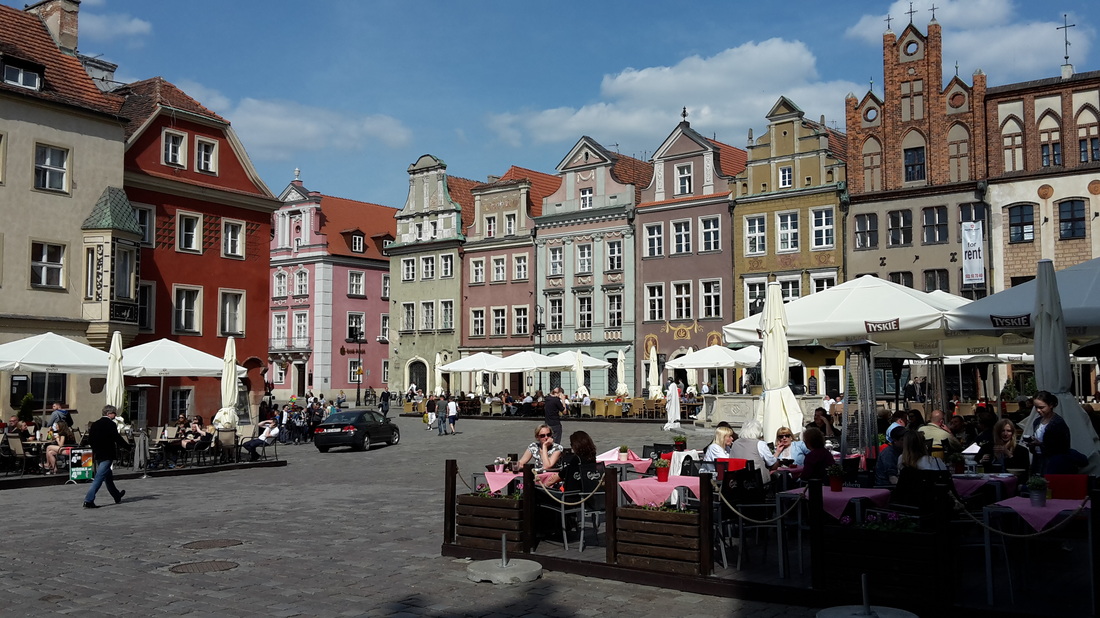
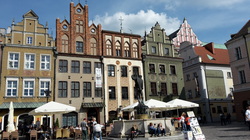
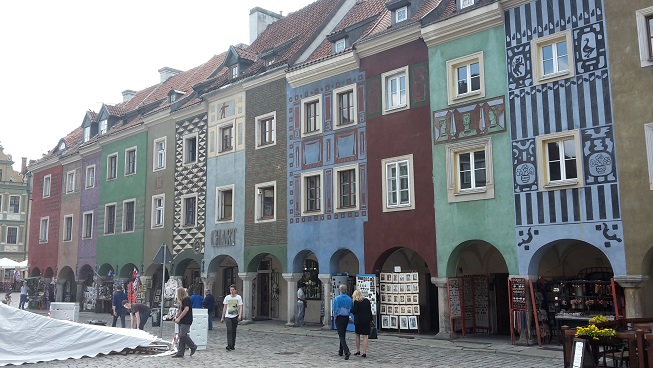
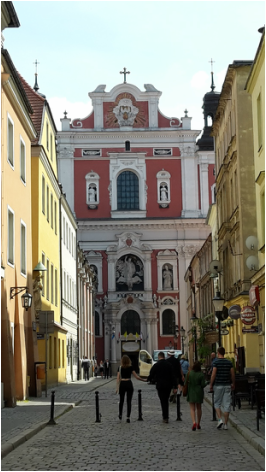
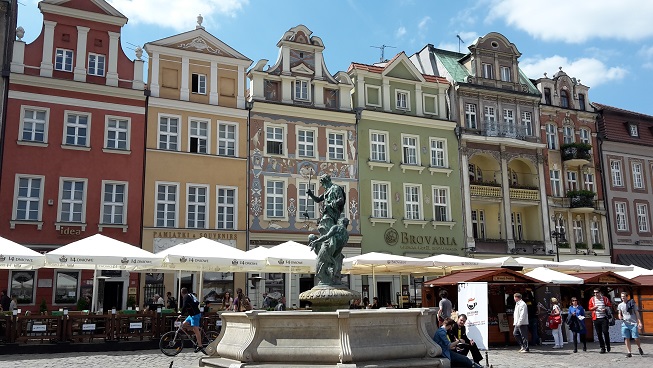
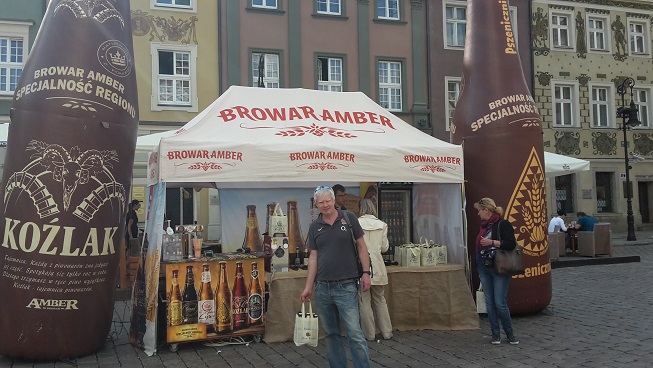
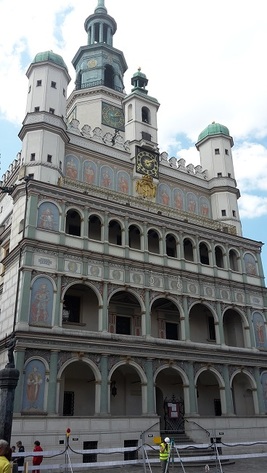
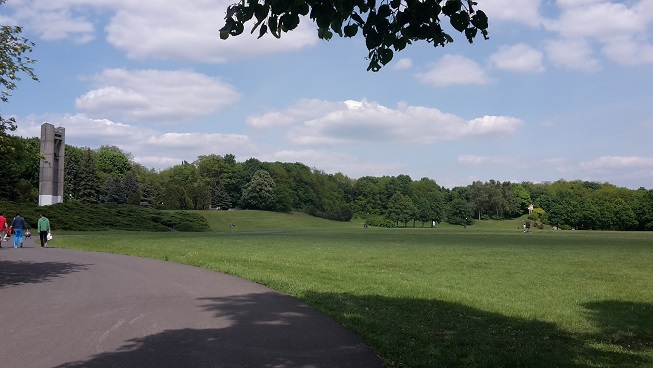
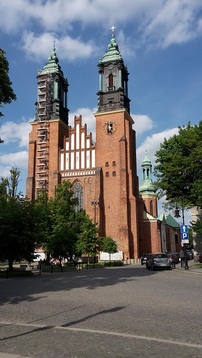
 RSS Feed
RSS Feed